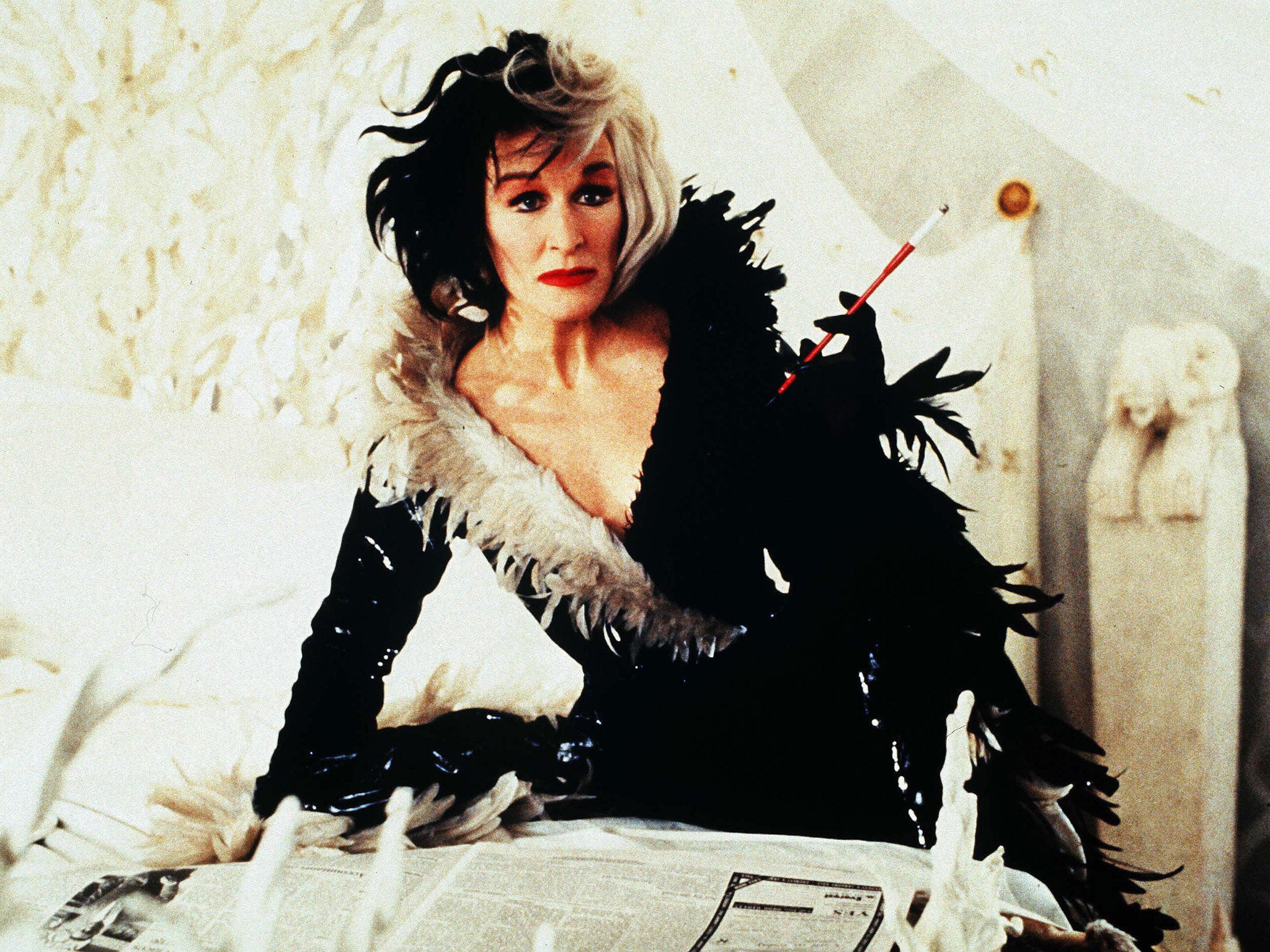Banning smoking in child-friendly films violates freedom of speech, MPAA argues
The plaintiffs in the ongoing legal case insist it is about 'false advertising' not 'artistic freedom'

Your support helps us to tell the story
From reproductive rights to climate change to Big Tech, The Independent is on the ground when the story is developing. Whether it's investigating the financials of Elon Musk's pro-Trump PAC or producing our latest documentary, 'The A Word', which shines a light on the American women fighting for reproductive rights, we know how important it is to parse out the facts from the messaging.
At such a critical moment in US history, we need reporters on the ground. Your donation allows us to keep sending journalists to speak to both sides of the story.
The Independent is trusted by Americans across the entire political spectrum. And unlike many other quality news outlets, we choose not to lock Americans out of our reporting and analysis with paywalls. We believe quality journalism should be available to everyone, paid for by those who can afford it.
Your support makes all the difference.Banning smoking in child-friendly films would be a freedom of speech violation, the Motion Picture Association of America has said.
Plaintiffs are suing the MPAA over movies rated G, PG and PG-13 that feature tobacco imagery, arguing that no films deemed suitable for children should show smoking given the scientifically-proven health risks.
The case is “no different” to the hypothetical scenario of Coke, Pepsi and Dr Pepper forming a trade association to investigate fizzy drinks, finding that an ingredient within them causes serious disease that could prematurely kill one million people and deciding to label their drink bottles suitable for children anyway, the plaintiffs wrote in a memorandum filed last Friday and published by The Hollywood Reporter.
The MPAA has defended its actions by insisting that as movie ratings are “opinions” based on what the average US parent might consider suitable viewing for their child, it is a matter of freedom of speech protected from legal action by the First Amendment. The plaintiffs, however, argue that their complaint “raises no question of artistic freedom” but “deals with quotidian issues of false labeling and advertising”.
The case continues but should the plaintiffs win, it is possible that Hollywood’s rating system could face similar lawsuits over films that depict “alcohol use, gambling, contact sports, bullying, consumption of soda or fatty foods, or high speed driving”. The MPAA believes that for this reason, ratings should not be used to “prescribe socially-appropriate values” to cinemagoers, while the plaintiffs insist that Hollywood cannot continue to certify that a movie is appropriate for children if scientists have proven otherwise.
The World Health Organisation published its Smoke-Free Movies report in February after finding that 36 per cent of movies rated for young people in 2014 showed someone smoking. Even 3D sci-fi film Transformers: Age of Extinction featured cigar-smoking robot.
“The tobacco industry has been looking at alternatives to promote their products and film is the last frontier for tobacco companies,” said Dr Armando Peruga of the WHO’s tobacco-free initiative at the time. “In some films, the percentage of tobacco scenes is far greater than you would see in the society in which the film is set.”
The US Centres for Disease Control and Prevention estimated that six million young people will start smoking after seeing film and TV stars doing so. Disney announced that it would be prohibiting smoking from its films last year, including all Marvel, Lucas and Pixar movies, “except when a historical figure who may have smoked is depicted”.
Join our commenting forum
Join thought-provoking conversations, follow other Independent readers and see their replies
Comments